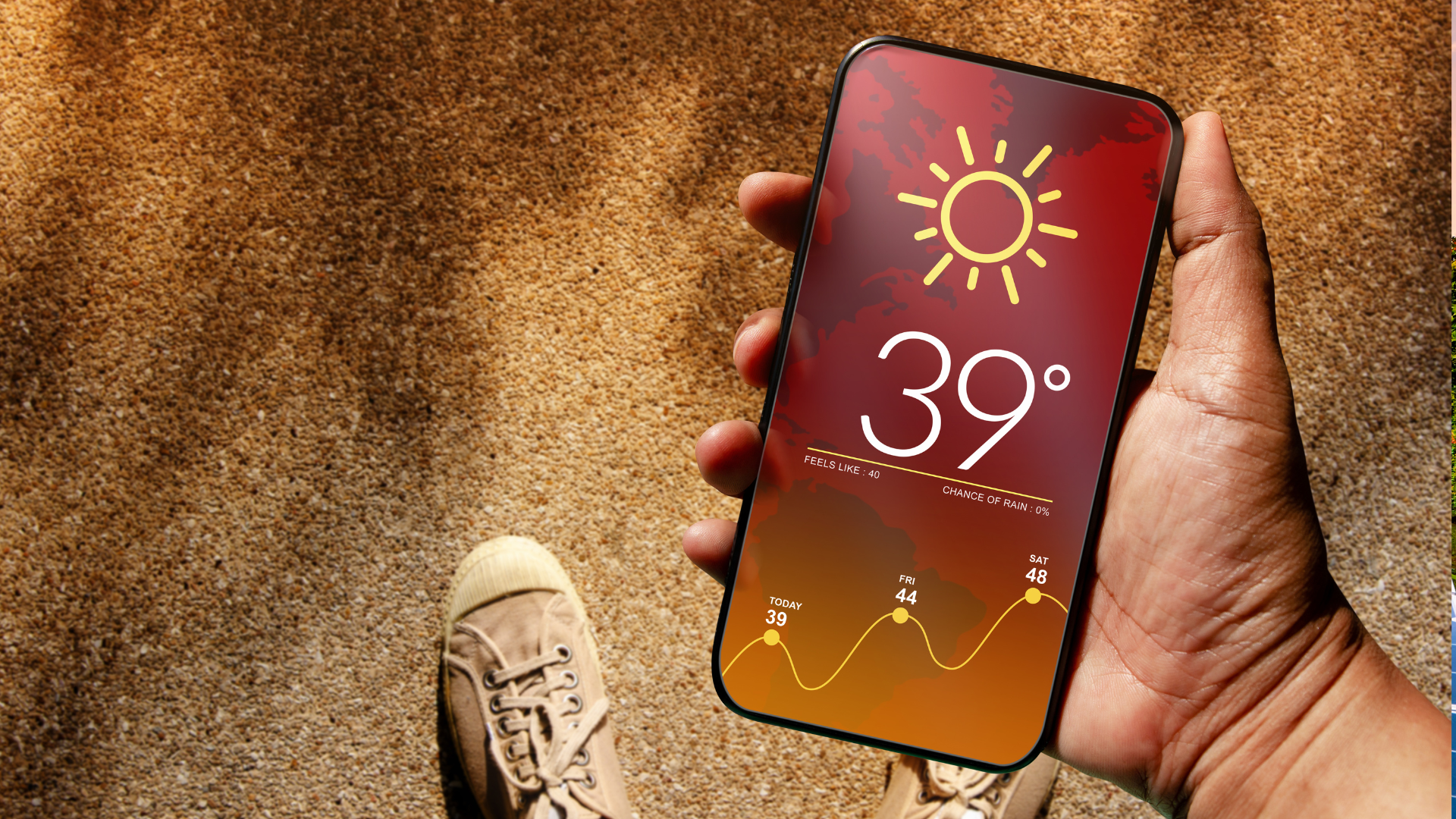On March 25, 2025, the Philippine Atmospheric, Geophysical and Astronomical Services Administration (PAGASA) reported that Dagupan City in Pangasinan experienced a heat index of 43°C, while Pili in Camarines Sur reached 42°C (Philstar). The heat index, often called the “apparent temperature,” combines air temperature and humidity to indicate how hot it feels to the human body. PAGASA classifies heat indices between 42°C and 51°C as “danger” levels, where heat cramps and heat exhaustion are likely, and heat stroke is probable with continued exposure (Cebu Daily News).
Dangers of Extreme Heat
- Heat-Related Illnesses: Heat cramps, exhaustion, and stroke can cause dizziness, vomiting, and even life-threatening conditions.
- Faster Aging: Prolonged exposure to heat can accelerate biological aging.
- Increased Mortality: High temperatures have led to more deaths, especially among young individuals exposed to extreme conditions.
How to Stay Resilient
- Hydrate Regularly – Drink water frequently; avoid dehydrating drinks like soda and alcohol.
- Limit Outdoor Activities – Schedule tasks during cooler hours and seek shade.
- Use Sun Protection – Wear light clothing, hats, and sunscreen.
- Stay in Cool Environments – Use air-conditioning or fans; visit public cooling centers if needed.
- Monitor Vulnerable Individuals – Check on children, the elderly, and those with medical conditions.
- Recognize Heat Illness Symptoms – Watch for heavy sweating, confusion, and rapid pulse. Seek immediate medical help if needed.
Given these conditions, residents in affected areas must take preventive measures against heat-related illnesses. Staying hydrated, limiting outdoor activities during peak heat, and seeking cool environments can help mitigate health risks associated with extreme heat.


